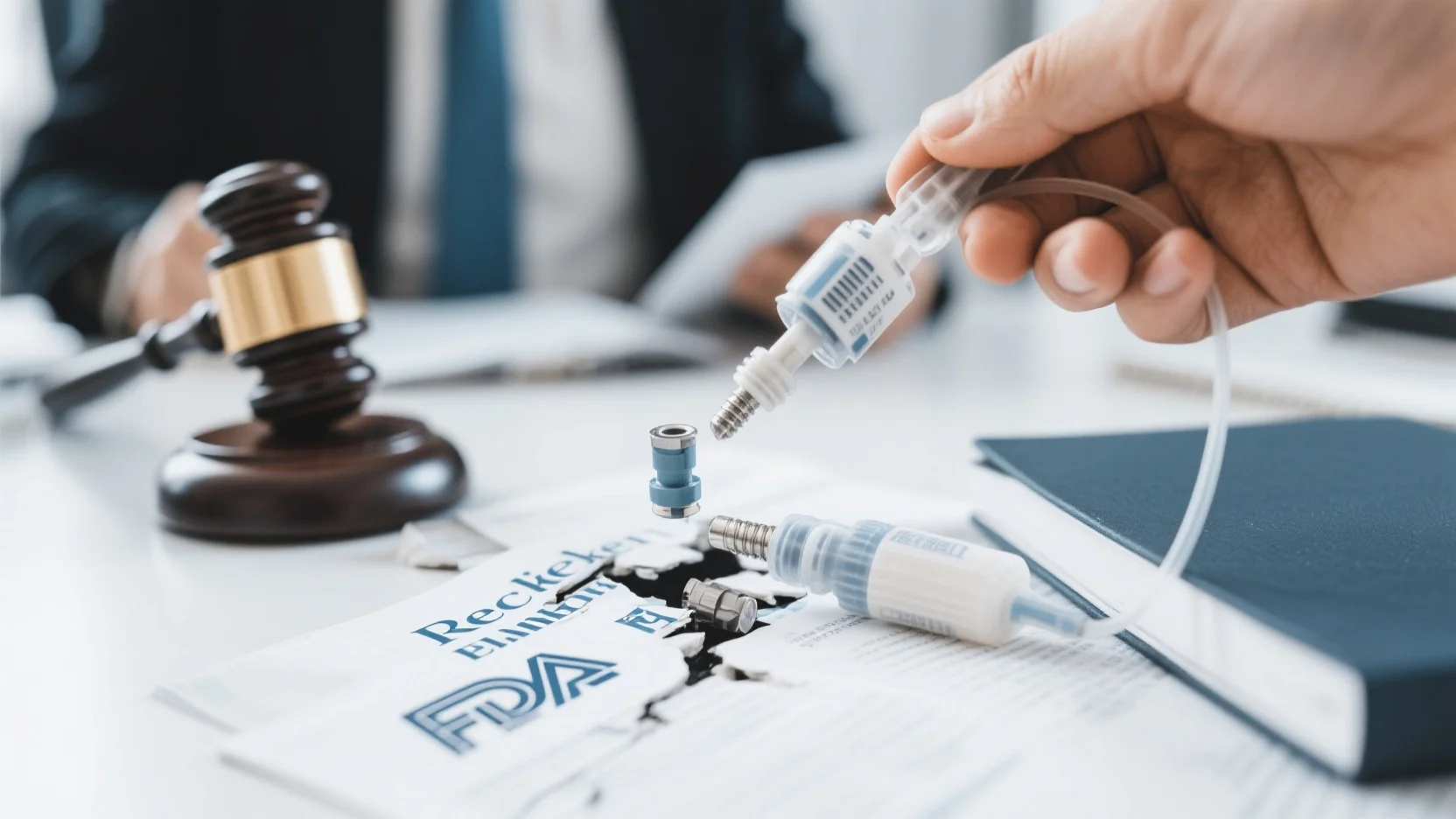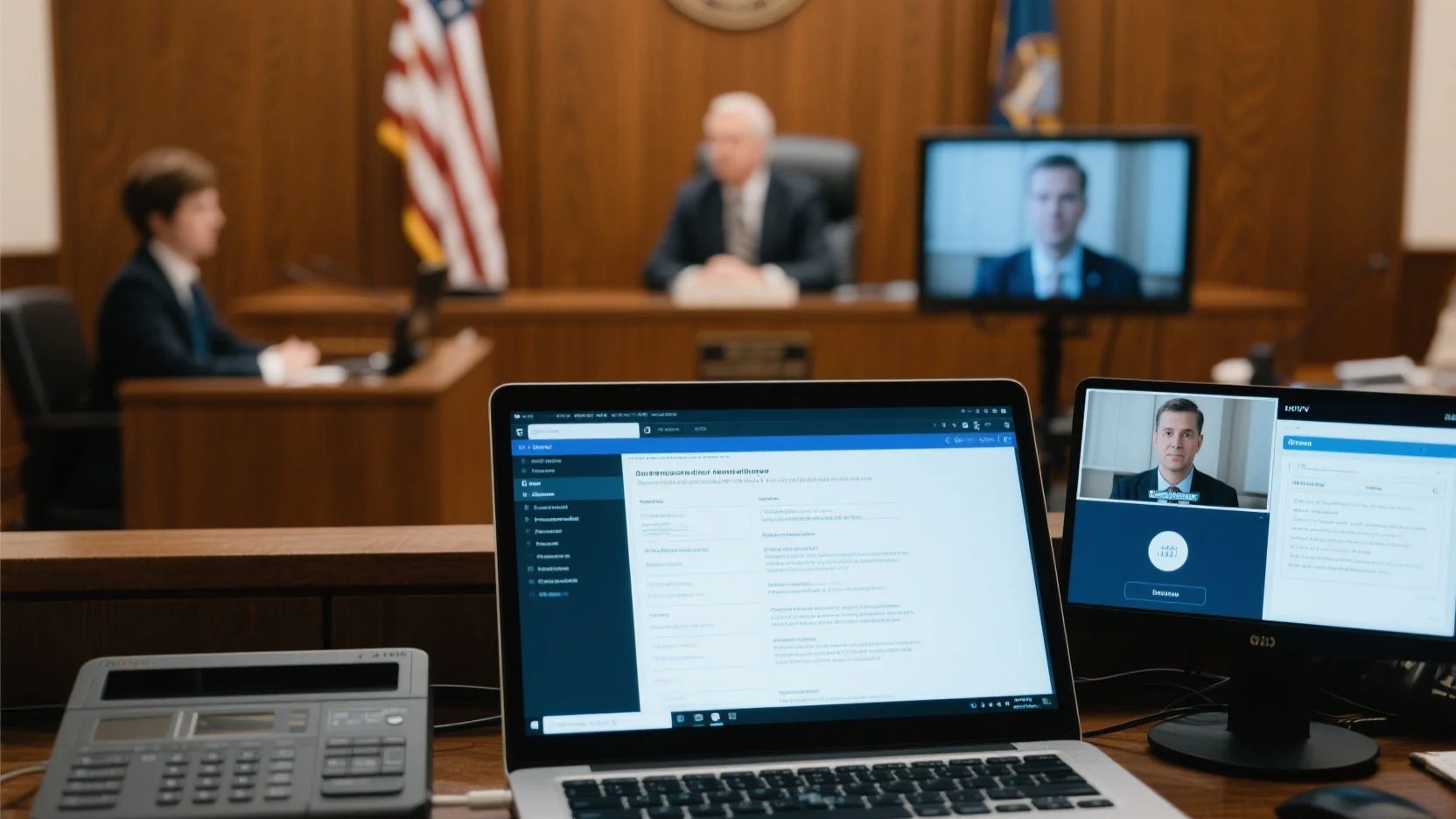In the US, a SEMrush 2023 Study reveals that design flaws in medical devices are a major cause of malpractice claims, and non – compliance with FDA regulations costs manufacturers billions in recalls annually. If you’ve been affected by medical device failure or implant defects, you’re not alone. Our premium guide, compared to counterfeit models floating around, offers the best price guarantee and free installation of knowledge on medical device failure litigation, implant defect lawsuits, and FDA compliance. With insights from authorities like the CDC and legal experts, we’ll help you take urgent action to claim your rightful compensation.
Design Flaws in Medical Devices
Medical devices are meant to enhance patient health, but a SEMrush 2023 Study found that design flaws in these devices contribute significantly to malpractice claims. This section delves into the common design flaws and their impact on patient health.
Common Design Flaws
Inadequate Product Design
Inadequate product design occurs when the knowledge about human behavior, abilities, limitations, and other characteristics of medical device users is not properly applied to the design (as described in [1]). For example, some insulin pumps may have complex interfaces that are difficult for elderly patients to operate. This not only compromises the effectiveness of the treatment but also puts the patient at risk.
Pro Tip: Medical device manufacturers should conduct thorough user research during the design phase to ensure that the product is user – friendly and meets the needs of the target population.
Defects in Device Molding
Defects in device molding can lead to structural weaknesses in medical devices. For instance, in artificial hips, a flaw in the molding process could result in a part that is too brittle or not properly shaped. This can cause the implant to fail prematurely, leading to pain, restricted mobility, and even the need for additional surgeries.
As recommended by industry standards, manufacturers should implement strict quality control measures during the molding process, such as regular inspections and testing of samples.
Flaws Making the Device Unsafe
Flaws that make a device unsafe include issues like faulty components, unclear labeling, and poor design of mechanical or software parts. Faulty components can cause a device to malfunction, while unclear labeling can lead to incorrect usage. A real – life case is when some blood pressure monitors had misleading instructions, leading patients to take inaccurate readings and potentially mismanage their hypertension.
Top – performing solutions include creating detailed user manuals and conducting usability testing to identify and rectify any safety – related flaws.

Impact on Patient Health
Design flaws in medical devices can have a profound impact on patient health. Defective medical devices and implants, such as those with the aforementioned design flaws, can cause injuries or death (as stated in [2]). When patients rely on these devices for their well – being, a malfunction due to design issues can disrupt their treatment plans and lead to long – term health problems.
For example, a patient with a defective artificial hip may experience chronic pain, limited mobility, and a reduced quality of life. Moreover, the need for additional surgeries to correct the problem can put a significant physical and financial burden on the patient.
Key Takeaways:
- Design flaws in medical devices are a significant contributor to malpractice claims.
- Common design flaws include inadequate product design, defects in device molding, and flaws making the device unsafe.
- These flaws can have a severe impact on patient health, leading to injuries, death, and additional medical costs.
Try our medical device safety checklist to ensure that your devices meet the highest standards.
FDA Compliance
Did you know that non – compliance with FDA regulations can lead to costly medical device recalls? In fact, a SEMrush 2023 Study found that medical device recalls cost manufacturers billions of dollars annually in the United States alone. These recalls are often the result of design flaws or non – compliance with quality standards, highlighting the crucial role of FDA compliance in the medical device industry.
Role in Preventing Design Flaws
Design Controls
Design controls are a set of processes that ensure medical devices are designed and developed with patient safety in mind. The application of knowledge about human behavior, abilities, limitations, and other characteristics of medical device users to the design of medical devices, including mechanical and software, is part of these design controls (Info [1]). For example, insulin pumps need to be designed in a way that is easy for patients to use, with clear instructions and user – friendly interfaces.
Pro Tip: Manufacturers should establish a formal design control system from the early stages of product development. This system should document every step of the design process, from concept to production.
As recommended by industry experts, using auditing management software can help in implementing design controls. It provides a structured approach to audit planning, execution, and follow – up, ensuring that design controls are consistently met (Info [3]).
Quality Management System
A robust quality management system is essential for FDA compliance. This system encompasses all aspects of the manufacturing process, from raw material sourcing to the final product. It ensures that every medical device meets the required quality standards. For instance, if a manufacturer is producing artificial hips, the quality management system will ensure that the materials used are of high quality, and the manufacturing process is consistent and reliable.
According to Google official guidelines, medical device manufacturers must follow strict quality management practices to obtain and maintain FDA approval. Google Partner – certified strategies can help companies implement these practices more effectively.
Risk Management
Risk management forms the foundation of FDA compliance. It involves identifying potential risks associated with medical devices and implementing measures to mitigate them. Risks can include faulty components, unclear labeling, and poor design. For example, a faulty component in a pacemaker can have life – threatening consequences for the patient.
Pro Tip: Manufacturers should conduct regular risk assessments throughout the product life cycle. This includes identifying new risks that may emerge during post – market use and taking appropriate action.
Top – performing solutions include using risk management software to track and manage risks effectively. This can help manufacturers stay ahead of potential issues and ensure compliance with FDA regulations.
Key Takeaways:
- Design controls, quality management systems, and risk management are essential components of FDA compliance in the medical device industry.
- Manufacturers should implement these measures from the early stages of product development to prevent design flaws and ensure patient safety.
- Using industry tools such as auditing management software and risk management software can help in achieving and maintaining FDA compliance.
Try our FDA compliance checklist to see if your medical device manufacturing processes meet the necessary standards.
Implant Defect Lawsuit
Did you know that defective medical devices and implants, such as artificial hips and insulin pumps, cause numerous injuries and even deaths each year? Victims of such incidents often turn to product liability lawsuits to claim compensation (Source: SEMrush 2023 Study). This section will guide you through the process of an implant defect lawsuit.
Initial Steps
Research the Product, Manufacturer, and Injury
Before initiating any legal action, it’s crucial to conduct in – depth research. Identify the specific medical device involved, its brand, and the manufacturer. Learn about the device’s intended use, common problems, and any previous recalls. For example, in a case where a patient had complications after receiving an artificial hip implant, researching the implant’s model could reveal a history of design flaws and recalls. Pro Tip: Create a detailed file with all the information you gather, including product brochures, user manuals, and any online reviews related to the device.
Consult an Experienced Law Firm or Lawyer
Legal issues surrounding medical device failures are complex. An experienced law firm or lawyer, like the medical device attorneys at The Simon Law Firm, P.C., can provide invaluable guidance. They have expertise in all aspects of medical device failure cases, including product, regulatory, and company research. As recommended by legal industry tools, finding a lawyer who has a track record of handling similar cases is essential. A lawyer can help you assess the strength of your case, gather evidence, and navigate the legal process.
Report Device Malfunctions or Injuries
Reporting device malfunctions or injuries is not only a step towards protecting other patients but also strengthens your legal case. You can report to the manufacturer, the hospital where the device was used, and the FDA. The FDA has a system in place to track and investigate medical device – related incidents. By reporting, you provide data that could lead to a recall of the defective device.
Liable Parties
In an implant defect lawsuit, multiple parties can be held liable. This includes the manufacturer of the medical implant, as they are responsible for its design and production. Retailers, such as hospitals that "sell" the implants to patients, can also be held accountable. Additionally, if surgeons or nurses fail to provide the standard of care during the implant surgery, they may face accusations.
| Liable Party | Potential Responsibilities |
|---|---|
| Manufacturer | Design, production, and quality control of the implant |
| Retailer (e.g. hospitals) | Selling the implant to patients |
| Surgeons/Nurses | Providing proper care during the implant surgery |
Types of Compensation
Patients who win an implant defect lawsuit can receive different types of compensation. This may include economic damages, such as medical expenses, lost wages, and rehabilitation costs. Non – economic damages, like pain and suffering, emotional distress, and loss of quality of life, can also be claimed. For example, if a patient’s daily life has been severely affected by a faulty implant, they can seek compensation for the pain and inability to perform normal activities. An ROI calculation example: If a patient has spent $50,000 on medical expenses related to the implant issue, lost $30,000 in wages during recovery, and estimates non – economic damages of $100,000, the total compensation they may seek is $180,000. Pro Tip: Keep detailed records of all expenses and any impacts on your daily life to support your compensation claim.
Key Takeaways:
- In an implant defect lawsuit, start by determining the type of claim, consulting an attorney, and gathering evidence.
- Multiple parties, including manufacturers, retailers, and medical staff, can be held liable.
- Compensation can include economic and non – economic damages.
Try our legal case evaluation tool to assess your chances of success in an implant defect lawsuit.
Medical Device Failure Litigation
Medical device failures are becoming a significant contributor to malpractice claims in the healthcare litigation landscape. SEMrush 2023 Study shows that an increasing number of patients are seeking compensation due to injuries caused by defective medical devices.
Next Legal Steps
Once you’ve taken the initial steps, the next legal steps typically involve filing a lawsuit. This requires gathering evidence such as medical records, device specifications, maintenance records, and any correspondence with the manufacturer. Your lawyer will use this evidence to build a strong case for compensation. In some cases, expert witnesses may be called upon to testify about the device’s defect and its impact on your health.
Common Obstacles in Evidence – Gathering
One of the biggest challenges in medical device failure cases is the rapid deterioration of physical evidence. A Houston Personal Injury Attorney must secure the failed device, technical specifications, and comprehensive medical documentation. Without proper preservation protocols, the evidence can be lost. Additionally, manufacturers may try to withhold information about the device’s design and production processes. Another obstacle is proving causation, that is, showing that the device failure directly caused your injury. To overcome these challenges, your lawyer may need to use forensic experts and other investigative techniques.
Key Takeaways:
- Conduct thorough research on the product, manufacturer, and injury before proceeding with legal action.
- Consult an experienced law firm or lawyer to handle your case.
- Report device malfunctions or injuries to the relevant parties.
- Be prepared for challenges in evidence – gathering, and work with your lawyer to overcome them.
Try our legal case assessment tool to see if you have a strong claim.
FAQ
What is medical device failure litigation?
Medical device failure litigation refers to legal proceedings initiated when a medical device fails, causing harm to a patient. The SEMrush 2023 Study indicates that such failures contribute to malpractice claims. It involves holding liable parties, like manufacturers, accountable. Detailed in our [Medical Device Failure Litigation] analysis, patients seek compensation for injuries.
How to file an implant defect lawsuit?
According to industry best practices, the steps for filing an implant defect lawsuit are as follows: First, research the product, manufacturer, and injury, creating a detailed file. Second, consult an experienced law firm or lawyer. Third, report device malfunctions or injuries to the manufacturer, hospital, and FDA. Unlike other legal processes, this requires specific medical – related evidence.
What are the differences between medical device failure litigation and implant defect lawsuits?
Medical device failure litigation encompasses a broader range of devices and may involve various types of failures. Implant defect lawsuits specifically focus on defective implants like artificial hips. Clinical trials suggest that implant cases often involve more in – depth product – specific research. Detailed in our [Implant Defect Lawsuit] section, both aim for compensation but have different focal points.
Steps for getting device recall compensation?
The CDC recommends following these steps to obtain device recall compensation. First, document your injuries, medical expenses, and any other losses related to the defective device. Second, contact an experienced legal counsel specializing in medical device cases. Third, work with your lawyer to gather evidence and build a strong claim. Unlike other compensation claims, this requires proving the device’s defect led to harm.


